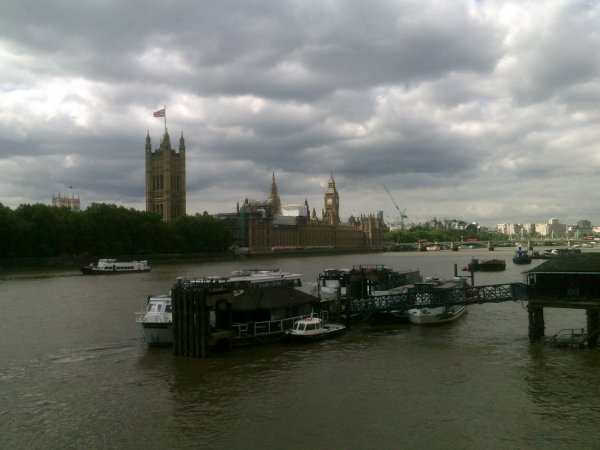Following the General Election of 8th June 2017, the minority Conservative government presented its Queen’s Speech to Parliament on 21st June 2017. It had been expected that not all the proposals that had been included in the Conservatives’ manifesto would be included in the Queen’s Speech due to the government’s lack of a majority and divisions within the Conservative Party.
The Conservatives are in the process of negotiating a ‘deal’ with the Democratic Unionist Party that would cover ‘confidence and supply’. This ‘deal’ would stop short of a formal coalition but would involve the Democratic Unionists agreeing to support the Conservative government on the Queen’s speech, budget, votes of confidence and other key matters in exchange for the certain policy concessions.
In the circumstances, it was expected that the Queen’s speech would not include any of the more controversial proposals that were included in the Conservative manifesto or were raised during the campaign by the Prime Minister.This was proved to be the case.This Queen’s speech is unusual for several reasons: It was delayed because of the political situation and, as the Queen’s speech of 2018 has been cancelled, it covers two years. It also dispensed with some of the usual ceremonials because of having been re-scheduled. It includes proposals for 27 bills but is generally regarded as being rather ‘light’. While most Queen’s speeches are remarkable for what they include this one is generally regarded as being remarkable for what it does not include.
The purpose of this briefing paper is to summarise the Queen’s speech and the reaction to it, and to provide some commentary, with specific reference to its implications for housing and local government. It includes sections on:
To download your copy, please click HERE

The Houses of Parliament where the Queen's Speech was delivered